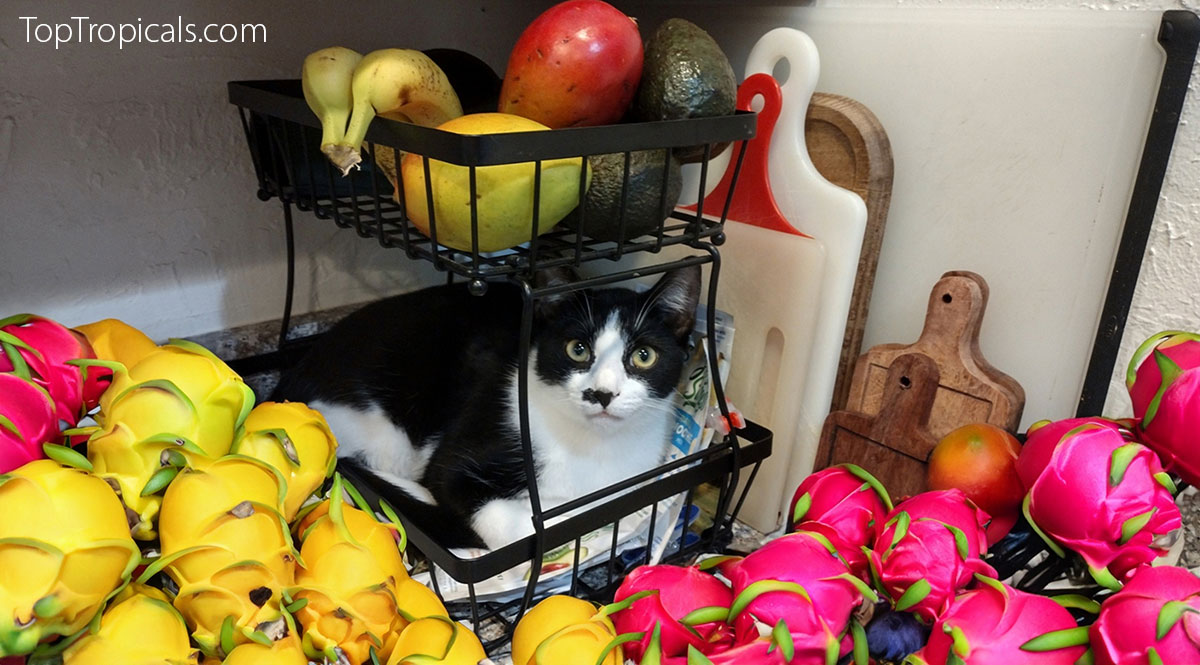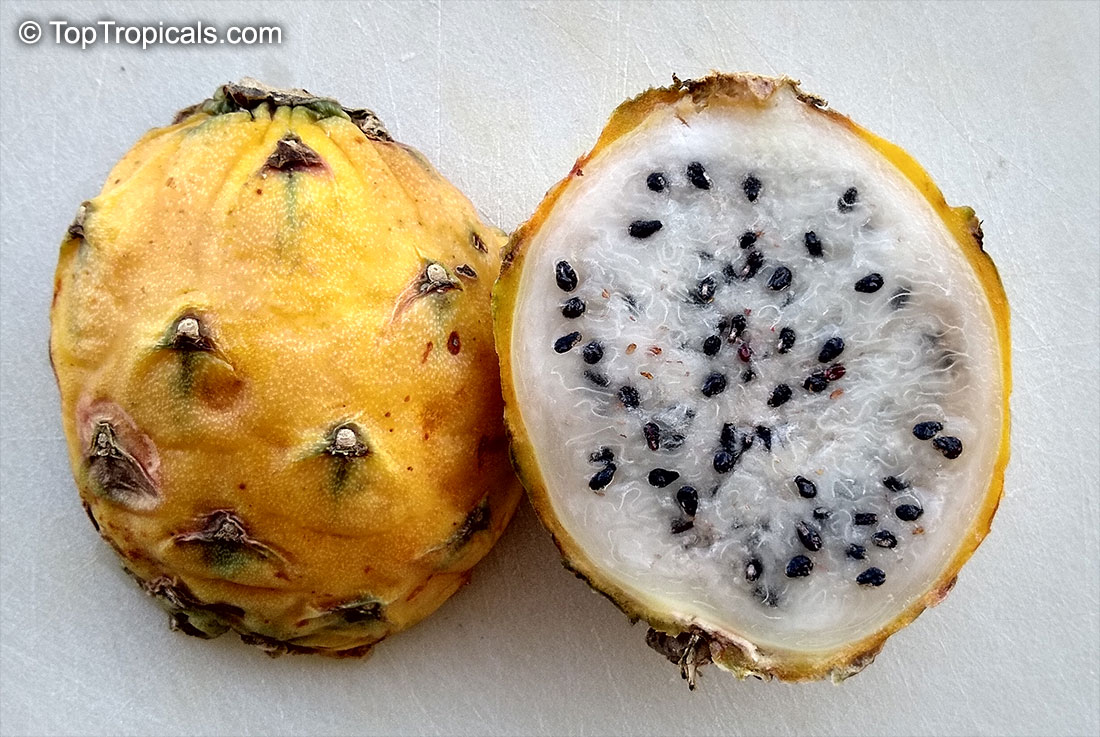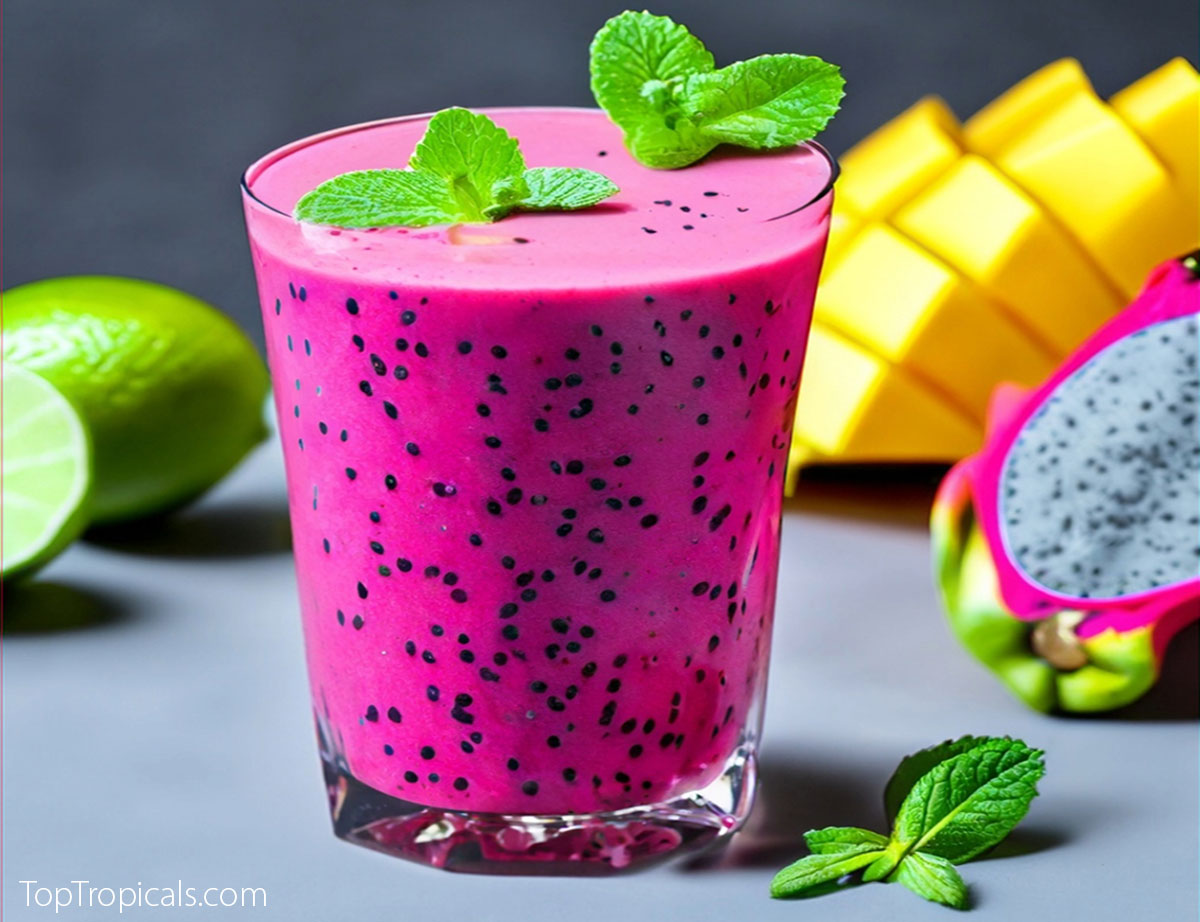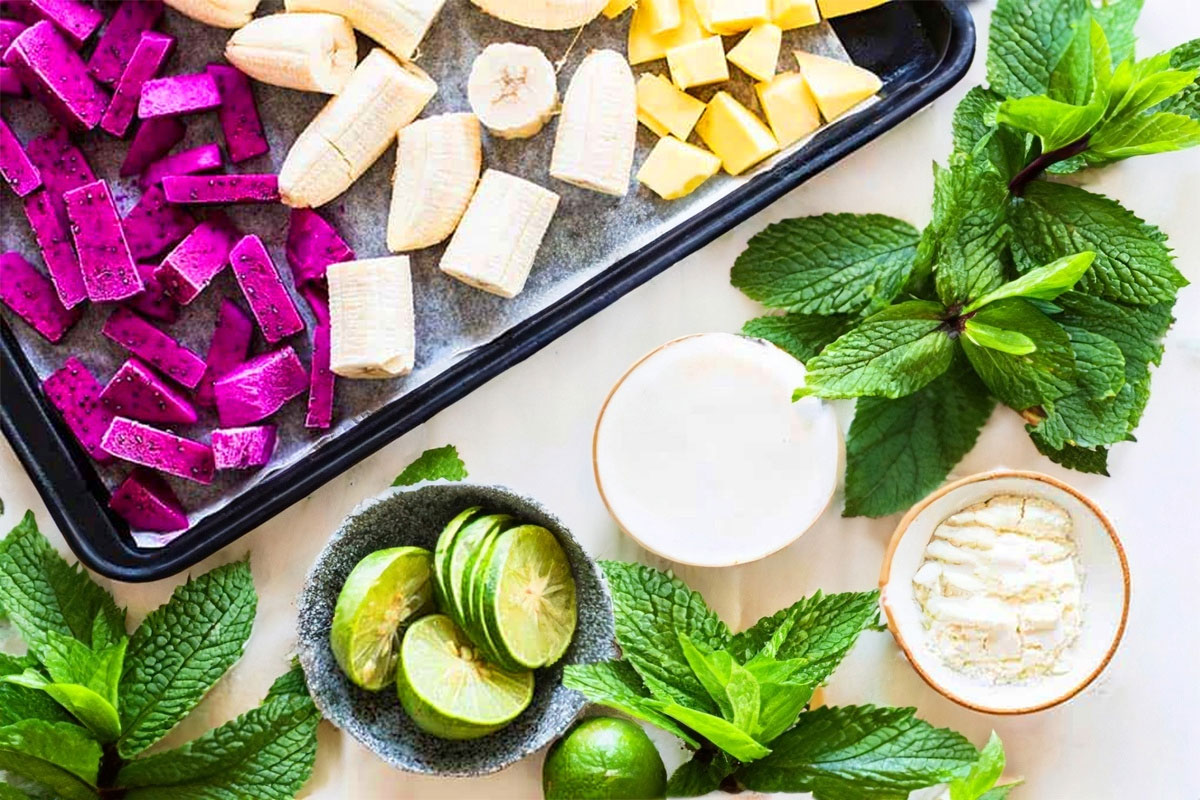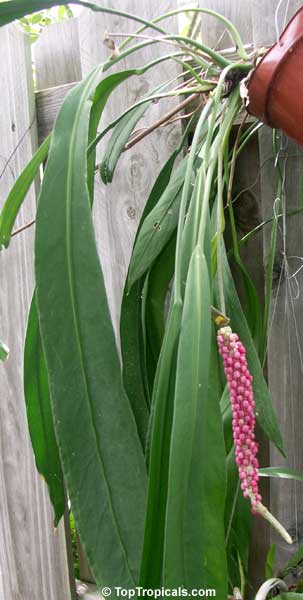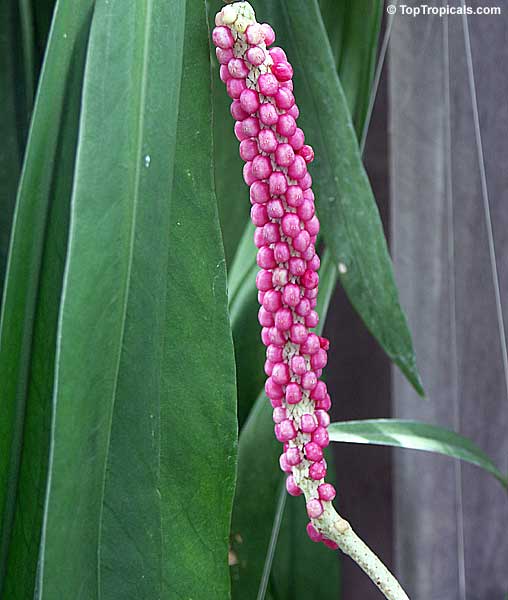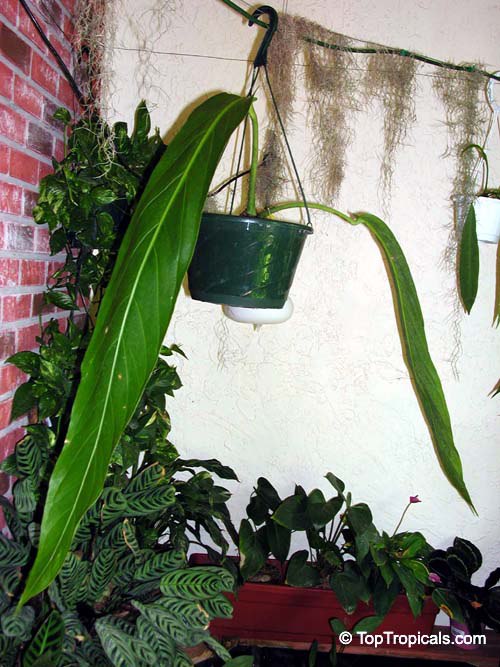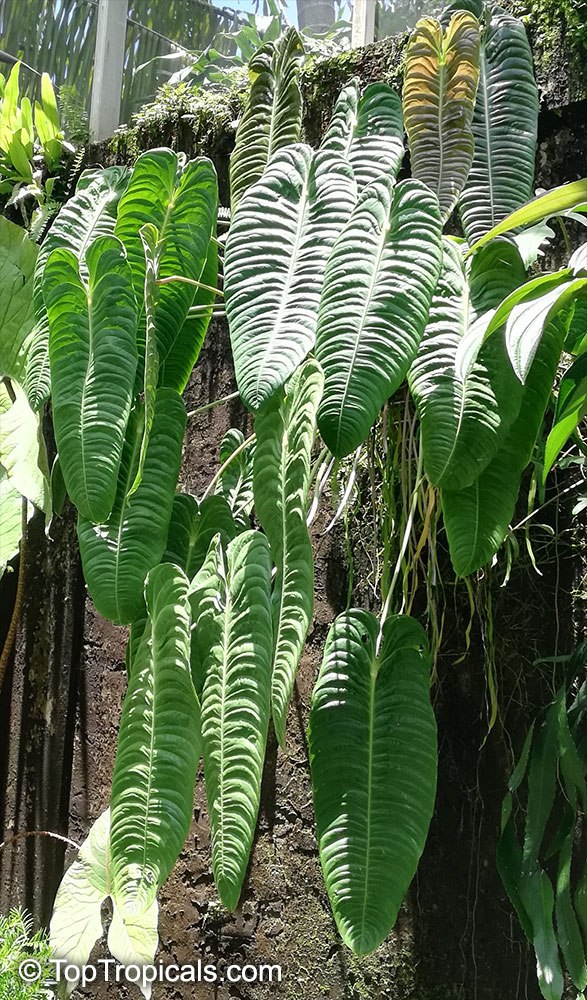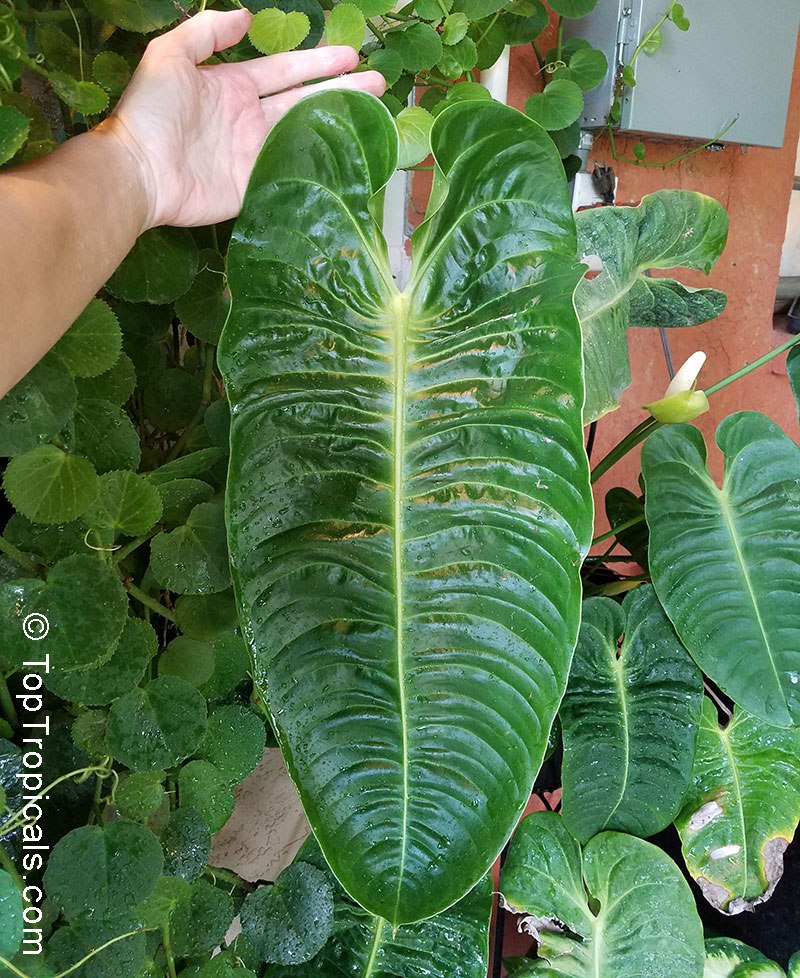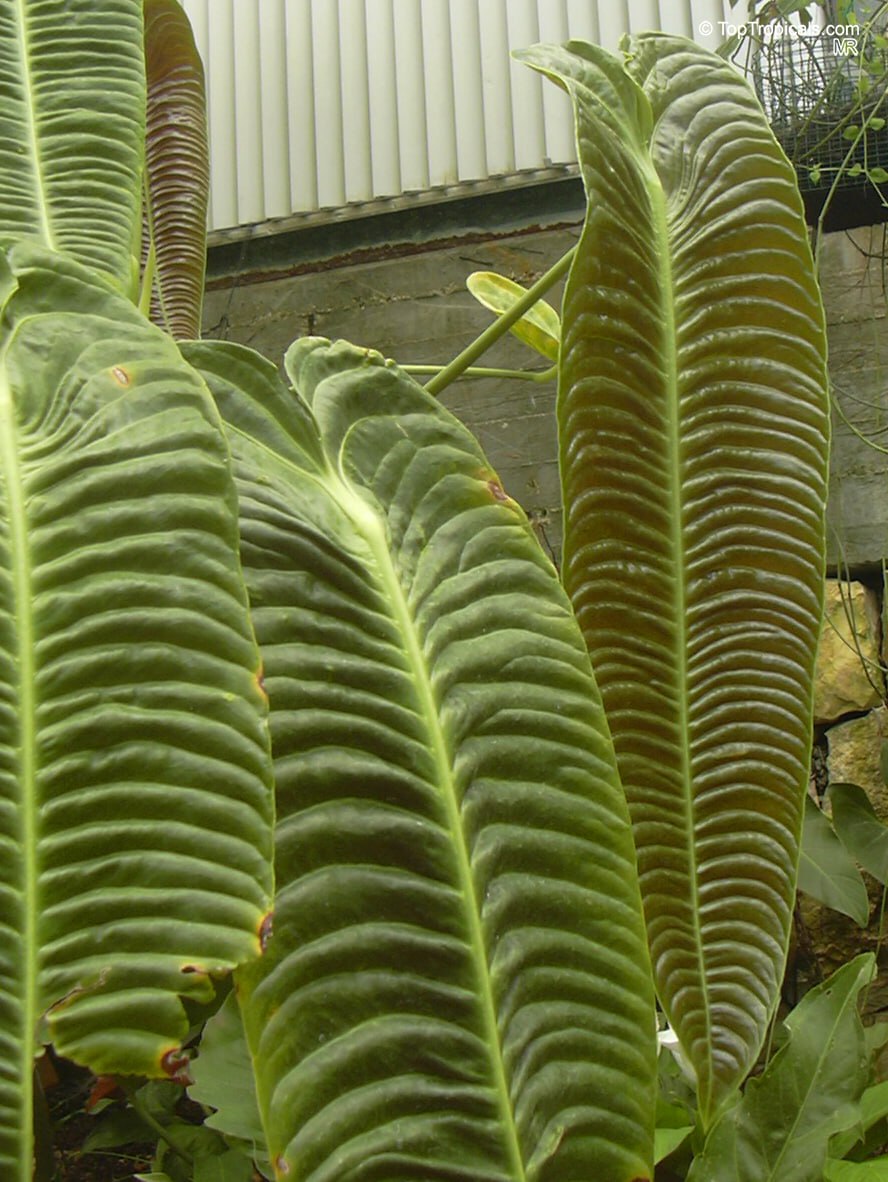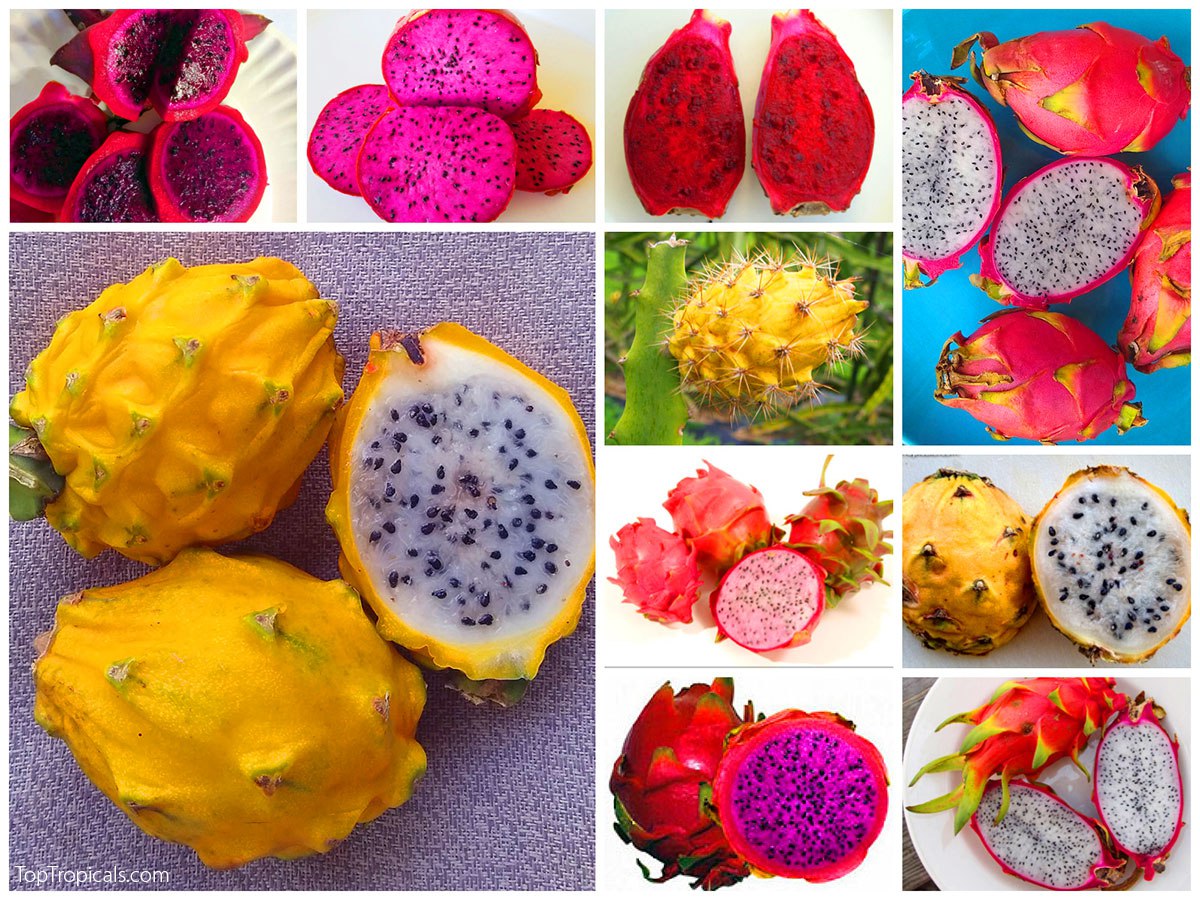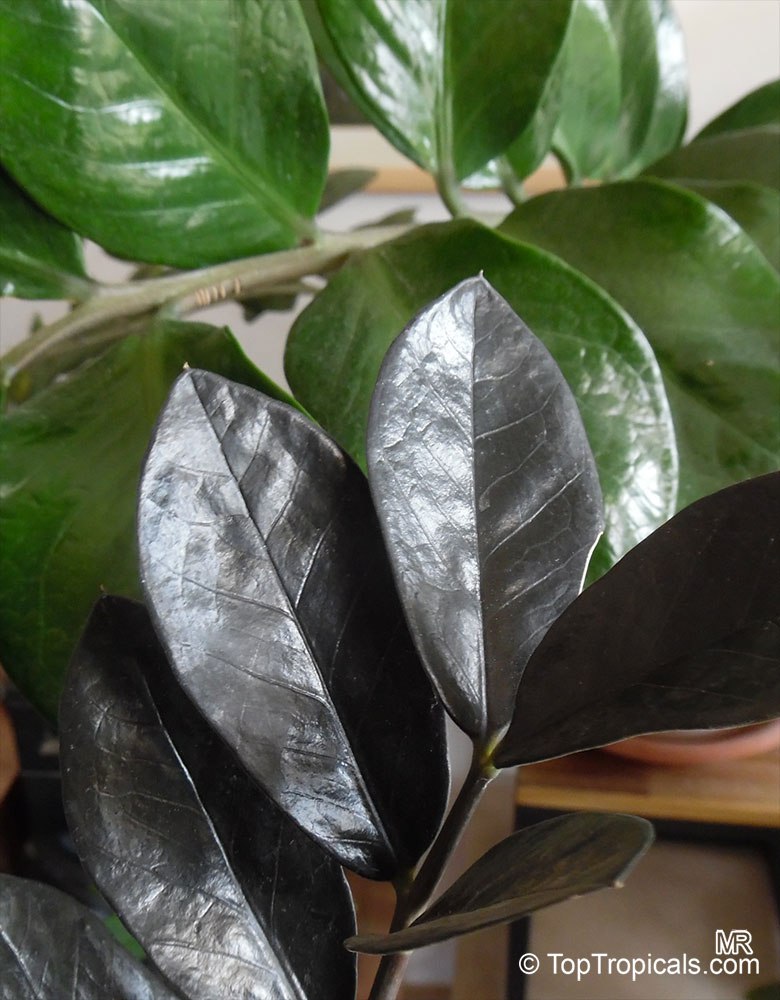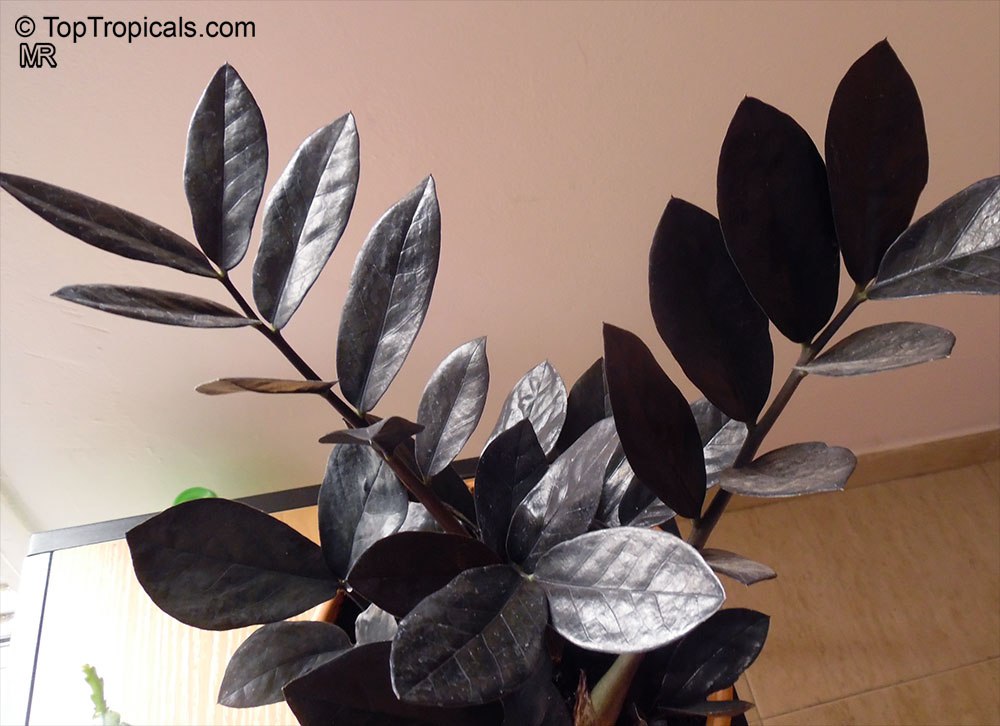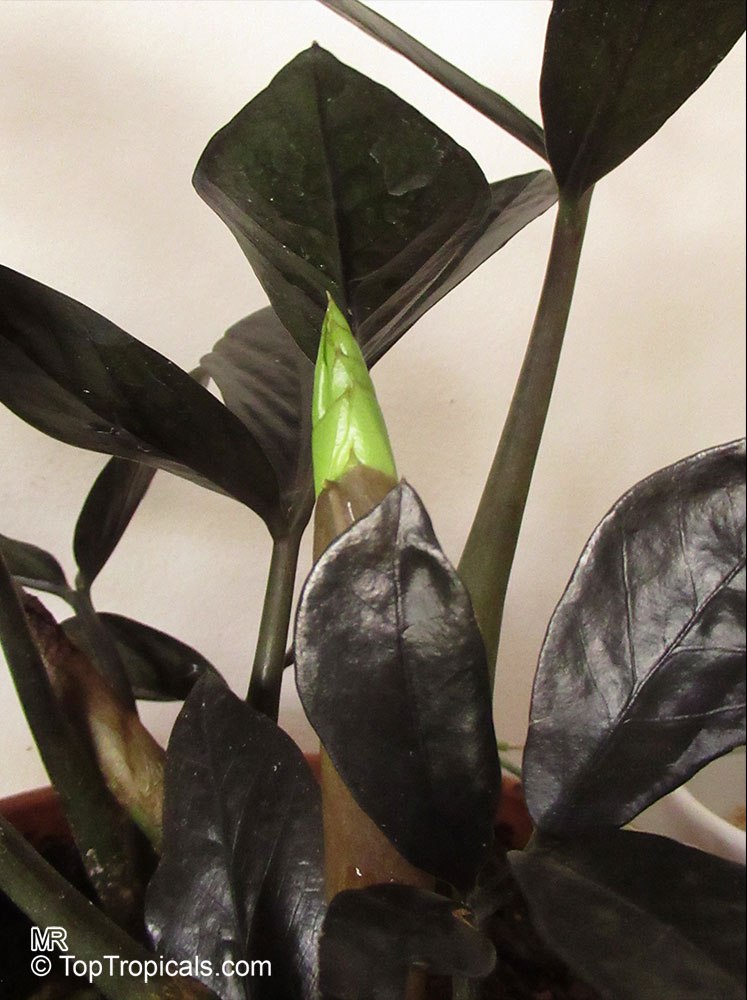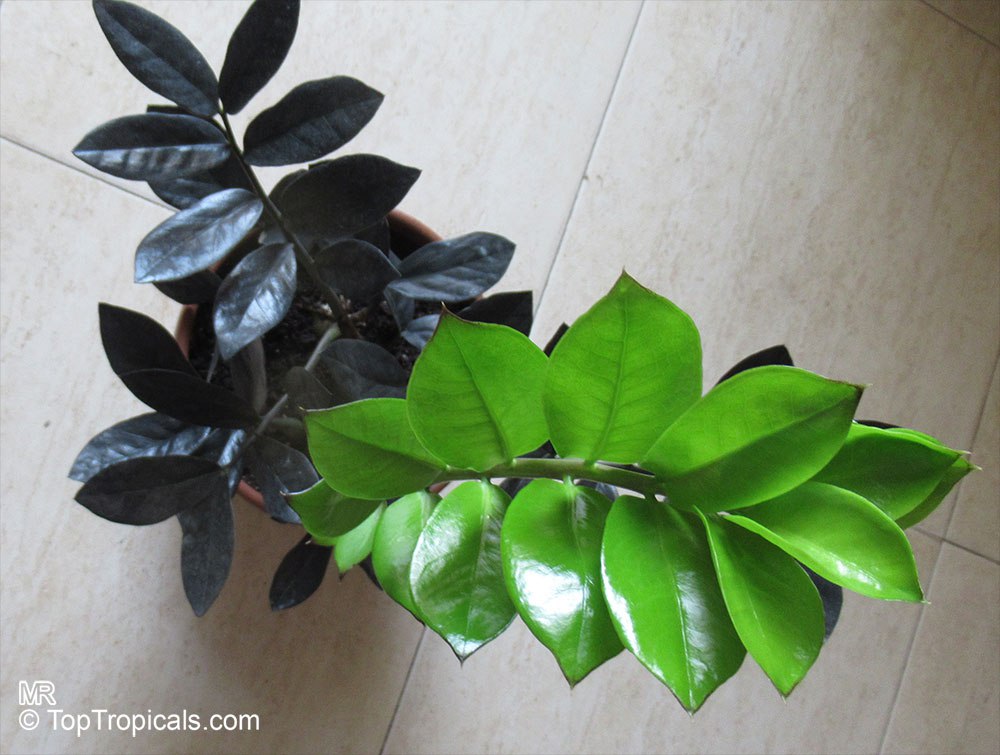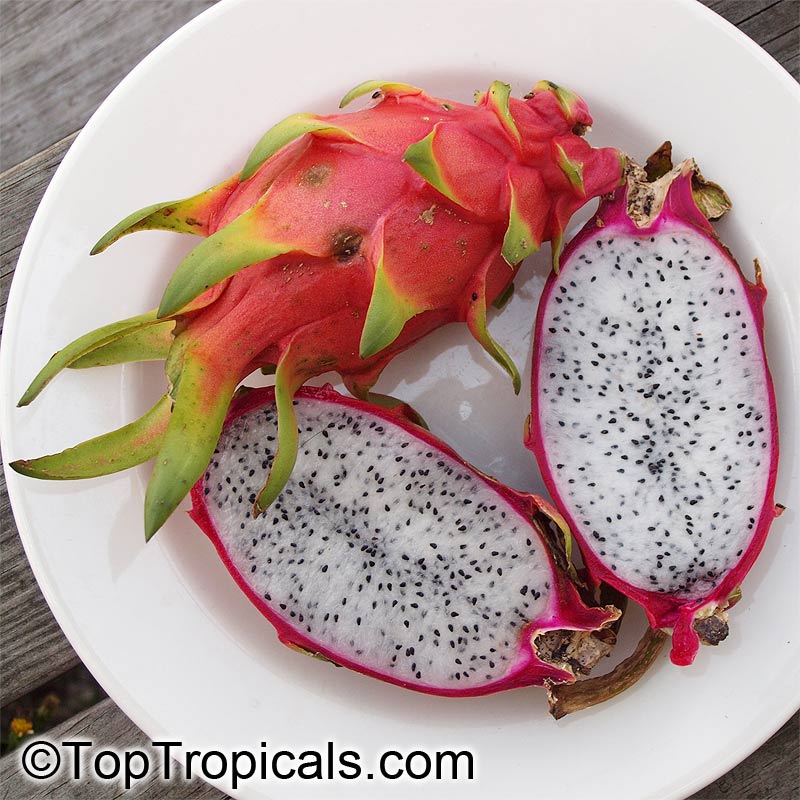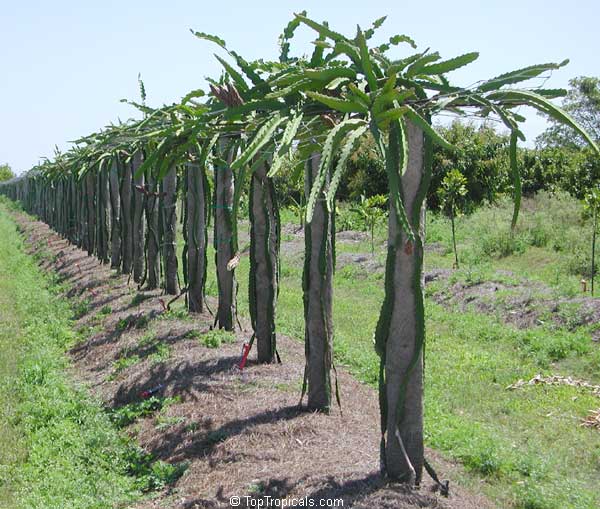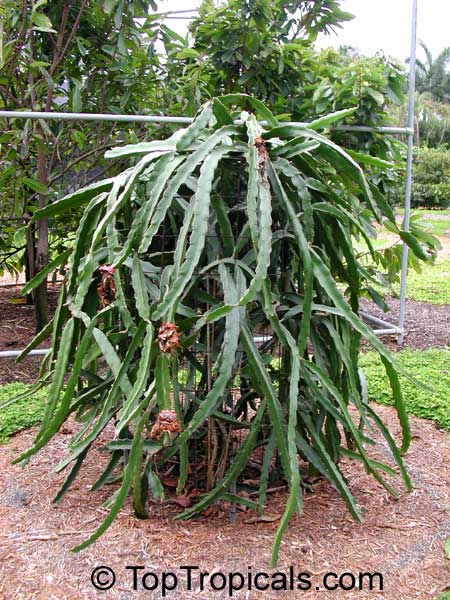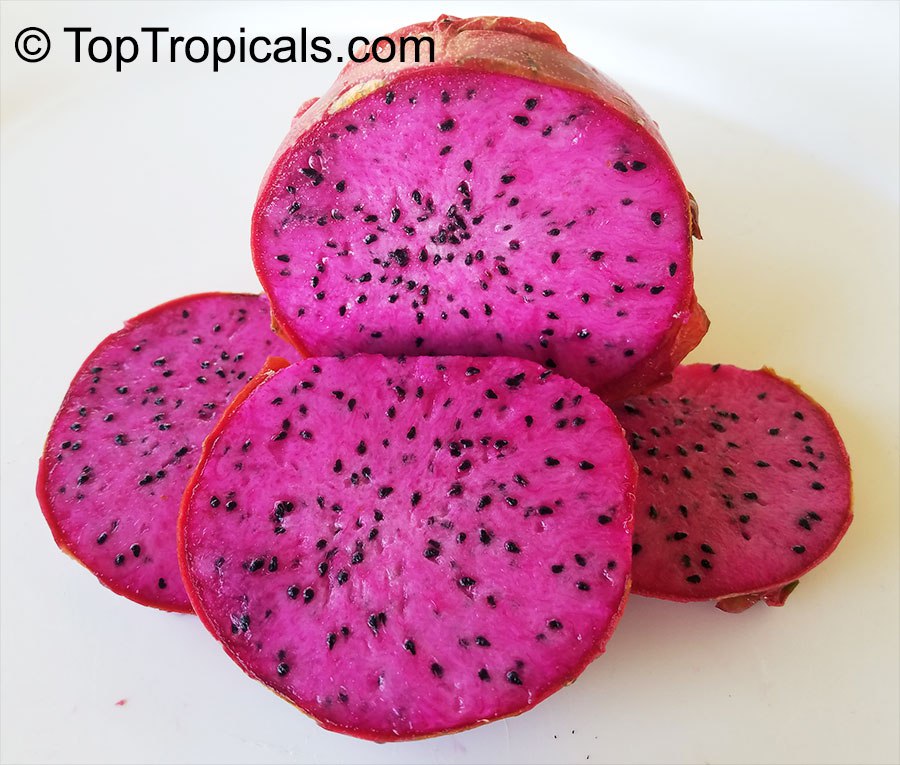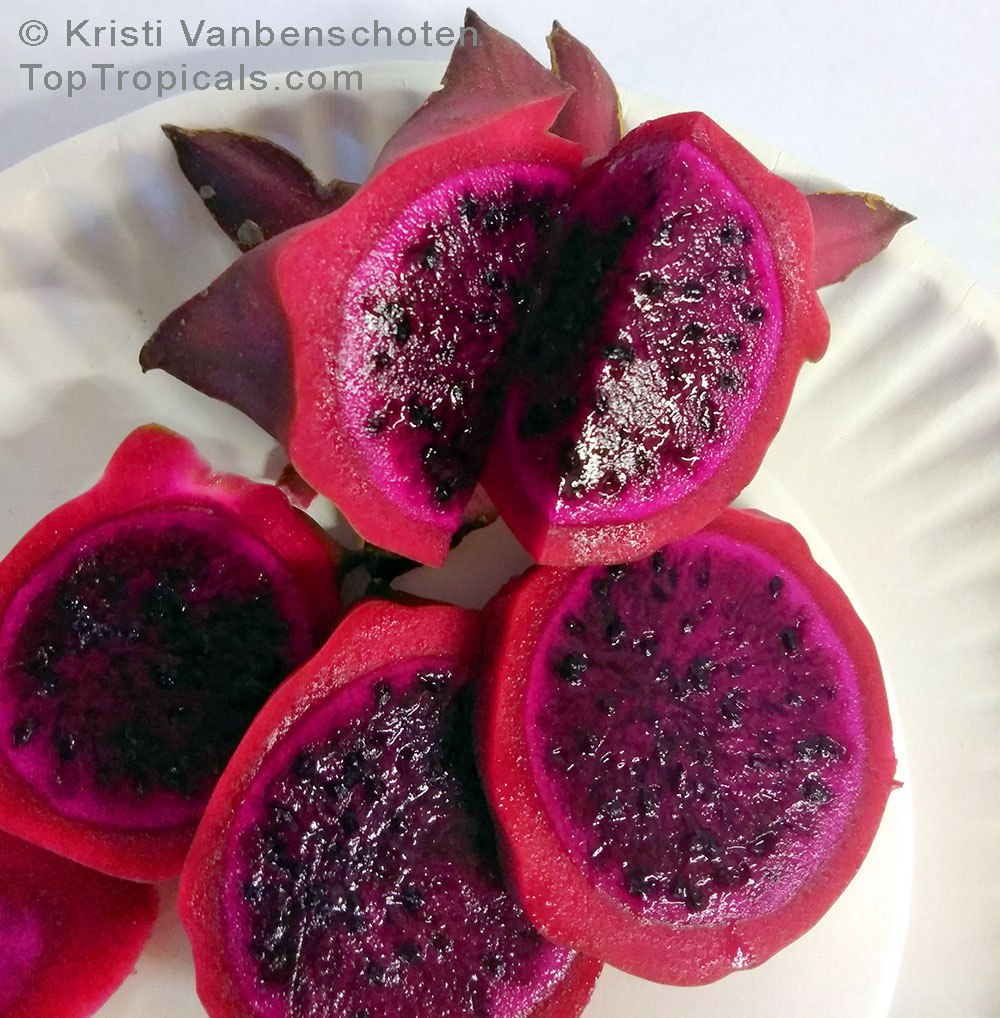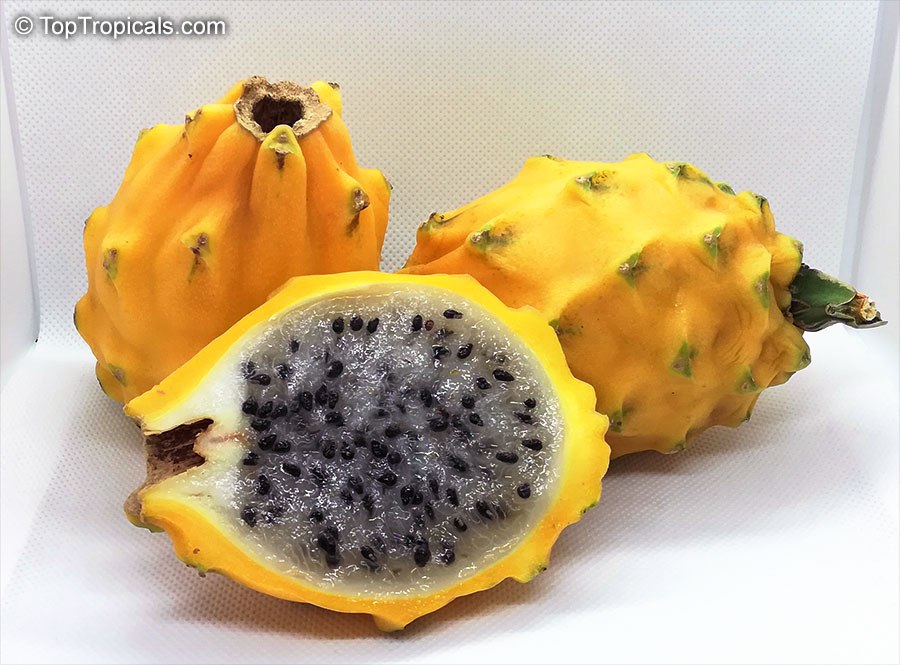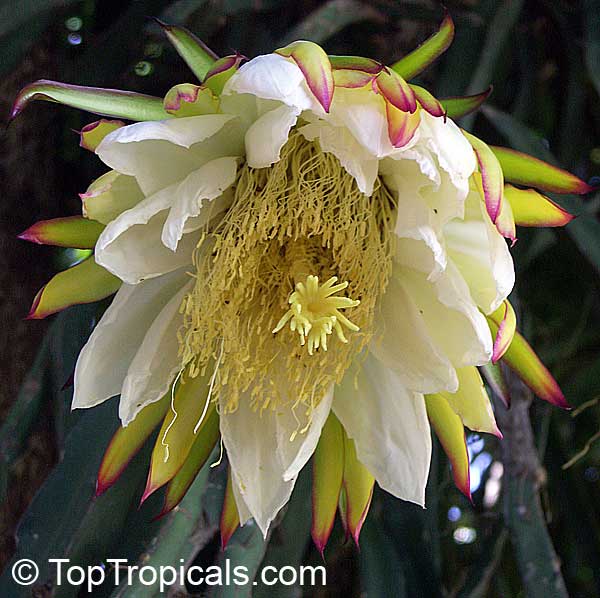Date:
Anthurium Collector Set
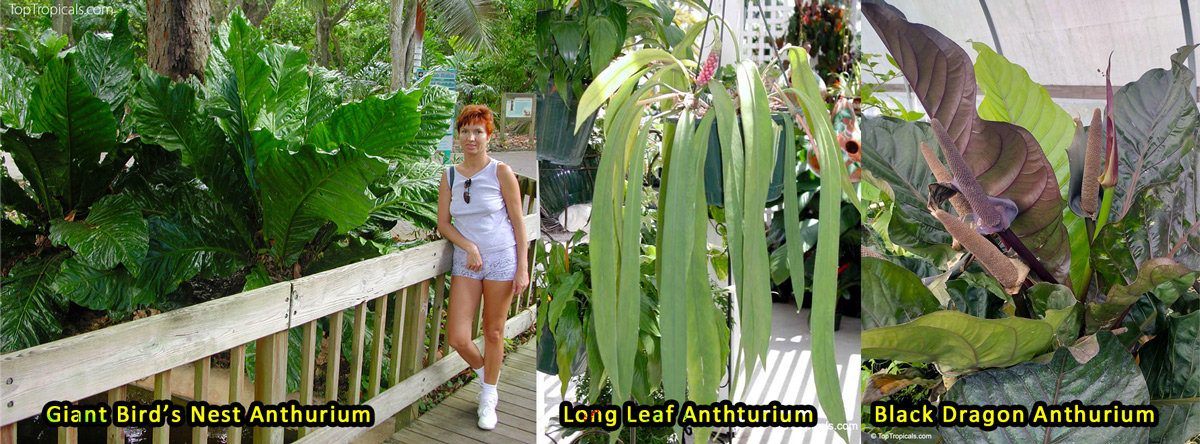
These aren't your typical tropicals - they're collector-grade Anthuriums grown for foliage and texture. Each one brings something different, but they all thrive in the same kind of setting: shade or filtered light, warmth, and humidity. Perfect for growing in containers indoors or out.
 Anthurium Black Dragon
Anthurium Black Dragon
This is the most dramatic of the trio. Upright, leathery leaves shift from dark green to nearly black depending on light. Instead of bright flowers, it produces a dark brown spadix and glowing red berries. A hybrid not found in the wild, it's grown from seed - no two are exactly alike.
- Best for: Indoor focal plant, shaded patio, black ceramic pot
- Height: 2–4 ft in container
- Texture: Thick, architectural leaves
- Highlight: Color shifts with light intensity
Read more about Black Dragon Anthurium
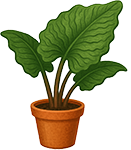 Anthurium hookeri – Giant Bird's
Nest
Anthurium hookeri – Giant Bird's
Nest
This one's about scale. Broad, crinkled leaves with a cardboard-like texture form a bold rosette. It can get huge with time - up to 6 feet across. Perfect for gardeners who want the "instant jungle" look.
- Best for: Shaded garden, large pots on porches
- Height: Up to 5 ft; width even more
- Texture: Wrinkled and leathery
- Highlight: Bright red berries in maturity
Buy Giant Bird's Nest Anthurium
Read more about Giant Bird's Nest Anthurium
 Anthurium vittarifolium – Long
Leaf Anthurium
Anthurium vittarifolium – Long
Leaf Anthurium
Graceful and rare, this species sends out narrow strap-like leaves that can reach 5–6 ft long. Ideal for hanging baskets or mounting. Bonus: it produces small pink fruit against deep green foliage.
- Best for: Hanging displays, vertical planters, bright bathrooms
- Height: Leaf length, not upright height - up to 6 ft
- Texture: Smooth, ribbon-like
- Highlight: Cascading growth and color contrast
Read more about Long Leaf Anthurium
✅ How to Care for Anthuriums
- Light: Bright, indirect light is best. Avoid direct sun, especially mid-day. These plants evolved in rainforest understory - think "dappled light under trees."
- Water: Keep the soil lightly moist but not soggy. Let the top inch dry before watering. They hate wet feet.
- Humidity: These are tropicals - they'll do fine in 50-60% humidity, but thrive at 70%+. Use pebble trays or place near other plants. Bathrooms with windows work great.
- Soil: Use an airy mix: orchid bark + perlite + peat or coco coir. Drainage is key. Never use plain potting soil.
- Fertilizer: Feed with SUNSHINE Robusta every 2–4 weeks during warm seasons. It's formulated for aroids and won't burn roots.
- Potting: Use shallow, wide containers. Repot only every 2–3 years, or when roots crowd the pot. They don't like frequent disruption.
- Temperature: Ideal: 65–85 F. Short dips to the 30s F are tolerated by mature plants, but avoid cold drafts.
